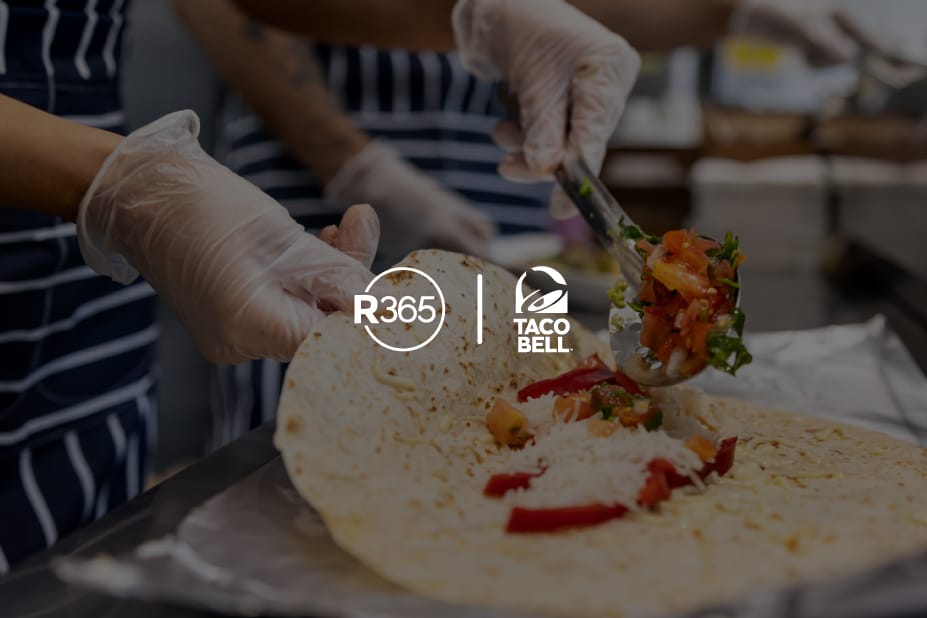Whether you realize it or not, data is constantly being generated at your restaurant. When someone places an order, sends a delivery ticket to the kitchen, or takes inventory, valuable data points are created that can inform bigger insights. Your business already contains this information, but are you taking full advantage of your restaurant analytics to thrive in the present as well as when you’re operating again at near or full capacity?
What are Restaurant Analytics?
From single-unit to international restaurant groups, all businesses are now generating data through technology like point of sale (POS) systems, restaurant management software, or staff scheduling tools. This information can drive smart decisions for your operations and your business health—but only if you are able to turn these large amounts of information into insights, through restaurant analytics.As more technology systems enter the market, many are advertising restaurant reporting and analytics. Although these two terms are similar, they are not interchangeable.
Restaurant reporting involves looking at data about what has happened over a certain short period of time. For example, restaurant reporting may be a profit and loss statement or it may involve comparing your profit margin between specific periods of time or analyzing labor hours between this year and last year’s holiday season.
Restaurant analytics, on the other hand, go deeper than restaurant reporting. Analytics may combine different sources of data or offer a dynamic view on various data segments. Analytics don’t stop at “what”, but go deeper to answer “why?” “how?” and “what next?” Analytics create insights into business operations and provide explanations for performance.
How Restaurant Analytics Improve Profit
The key to using restaurant analytics is to use this business intelligence to drive your decisions. It isn’t enough to just gather data. Interpreting the data and applying it to your operations puts you at a competitive advantage. Although analytics aren’t a cure-all, they can help you make more informed decisions that will improve your profit margins.
Evaluating restaurant data from your restaurant financial reporting software can improve results from critical business decisions such as managing inventory, organizing scheduling, creating loyalty programs, and improving underperforming stores. These key areas can add profit to your bottom line and ensure you are running a streamlined, optimized business.
Using Restaurant Analytics to Identify Top Selling Items
Analytics can help you make decisions about one of the most important factors in your profit margin: what you’re offering on your menu. By using analytics, fueled by sales data pulled from your POS system, you can identify your most popular items. This also allows you to break down your menu by category, seeing which types of menu items are popular (think appetizers, shared plates, desserts).
With the understanding of your menu’s top performers, you can better highlight customer favorites in your marketing campaigns and encourage your staff to selectively sell. For example, if you know appetizers are a big seller in the early evening, you can offer a happy hour special with a discount to get people to order on your slower days.
You may have an idea of what your “best” menu items are, but analytics can pinpoint the quantitative relationship between popularity and profitability for individual menu items. Understanding the analytics of your top-selling items, as well as your items with the highest profit margin, can help you make crucial decisions about which items to promote.
Menu engineering analytics allow you to adjust pricing where needed and strategically promote your best sellers that are also high-margin items. You can also identify underperforming items, making adjustments as needed with menu placement, description, picture, or price point.
With insight into the makeup of your sales, you can continue to intelligently grow customer satisfaction while simultaneously adding to your profits.
Forecasting Sales Revenue
Forecasting for your restaurant is one of the most powerful analytics tools you can use. Restaurant forecasting involves monitoring past sales to identify trends, and then leveraging that information to predict future sales. POS data integrated with your restaurant management software is especially important to forecast sales revenue, allowing you to adjust costs as needed and create strategies to meet your long-term business goals. By analyzing historical data about sales, for example, you can do everything from plan inventory to make smart decisions about labor hour allocation.
Reduce Food Loss
Accurate restaurant inventory management is the key to reducing food waste, and inventory is informed by data. If your POS system is integrated with your restaurant management system, you can automate tracking your theoretical inventory based on sales. With the addition of counting your inventory by hand, accounting for what is lost in spoilage or waste, you have accurate inventory data to streamline your entire system.
By understanding the variance between your actual versus theoretical food usage, you can start to make adjustments where there are aberrations in your inventory usage, implementing training or changing order quantities as needed. In addition, predictive analysis tools like smart ordering can suggest optimized orders based on inventory levels and sales forecasts.
Finally, with the right data, you can start to pinpoint areas of food loss by spotting food waste anomalies in your numbers. This allows you to improve policies to make staff more accountable for food loss and inventory management.
Optimize Restaurant Scheduling with Restaurant Analytics
Restaurant analytics about your labor are especially valuable because your labor costs are one of your largest expenses.
Your restaurant operations reporting software can show a restaurant’s busiest and slowest periods for specific windows of time, broken down by hour, day-part, day of the week, or season. Your labor analytics help you adjust your staffing to match when your sales are the highest, or when you are at a low based on seasonal or unforeseen circumstances. By using analytics to help meet your average labor spend goal, you can run at the optimum despite sales fluctuations.
Identify Your Restaurants’ Most and Least Profitable Stores
If you own or operate multiple restaurant locations, accurate analytics are critical to show you the full, multifaceted scope of your business. Reporting across all your locations allows you to access metrics that objectively pinpoint high-performing and low-performing stores. You can also dive into the analytics of your best performing stores to see what they do well, and examine the data from your least profitable stores to see what may be causing underperformance. With a thorough understanding of your different stores, you can use your business intelligence insights to bring all your locations up to speed.
Tracking Performance of Your Customer Loyalty Program
Customer loyalty programs are growing more popular as personalized marketing experiences become more common. To effectively target guests, the most successful customer reward programs are built on data. Not only should you be tracking the sales and guest experience that you create as a result of your program, but you can also use the data you receive from these customers to further improve your loyalty program offerings.
In addition, if you are trying to start or maintain a loyalty program, consider leveraging analytics about your food sales to make data-driven decisions about customer rewards. For example, if choosing a featured menu item to discount as a promotion for your regulars, your analytics can help you discern the choice that works for both your bottom line and your customers’ tastes by considering the items’ food costs, profit margin, and popularity.
Conclusion
If you’re wondering how to capture all of the data your restaurant is producing, it may seem complicated if you try to do it manually. But with the right technology tools, tracking and using your data to improve restaurant operations is more accessible than ever. Your restaurant is already producing the information you need to understand your operations. Restaurant analytics can help you translate that information into the insights you need to grow your business for the long-term.
If you would like to be able to easily track data and gain insight into your operations, consider a comprehensive, restaurant-specific management solution. Restaurant365 incorporates restaurant accounting software and restaurant operations software into an all-in-one, cloud-based platform. It includes tools for inventory control, scheduling, fixed asset management and more. For more information, schedule a free demo.



